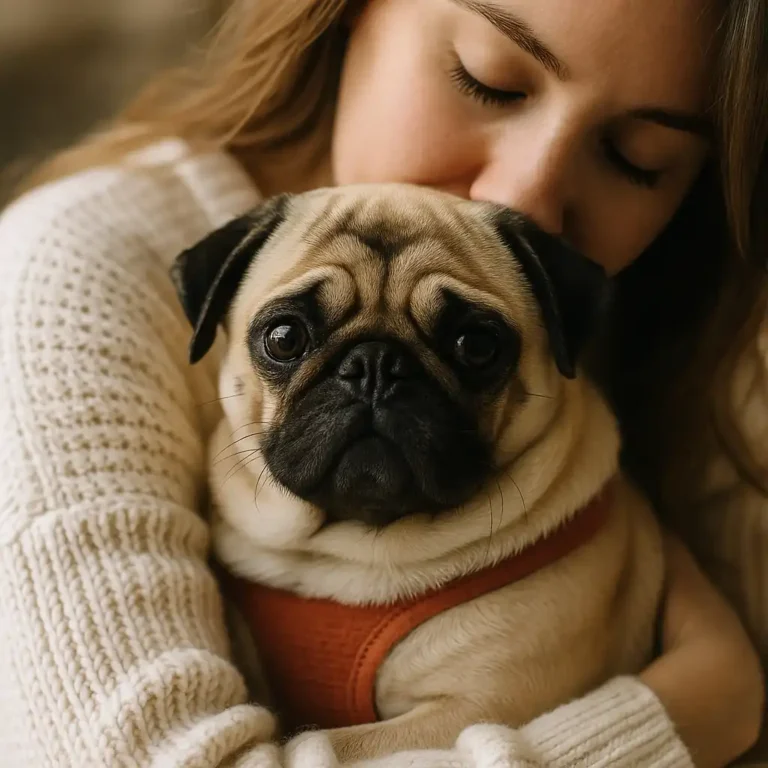Are Pugs Good Family Dogs? Discover the Truth Behind Their Big Hearts

Pugs may be small in size, but their personality fills an entire room. Known for their playful spirit and big brown eyes, pugs are a popular choice for families looking to add a furry companion to the household. But are pugs truly good family dogs, or is their popularity more about their cute appearance than compatibility?
What Makes Pugs a Family-Friendly Breed?
Pugs are naturally affectionate. They love being close to their humans and often prefer cuddling on the couch over independent play. This makes them especially well-suited to families with children or even seniors who want a companion dog. Their temperament is gentle, and they rarely show aggression, making them safe around younger kids.
How Pugs Interact with Children
Children and pugs often become fast friends. Pugs are tolerant, even-tempered, and eager to please. They enjoy the attention they get from kids and usually have the patience to deal with playful poking and petting. That said, young children should still be taught to respect a dog’s space and signals to ensure safe, happy interactions.
Living Space and Exercise Needs
Pugs are excellent companions for families living in apartments or houses. They don’t need a huge backyard, and their daily exercise requirements are moderate. A couple of walks and some indoor playtime are usually enough to keep them healthy and happy. Their adaptability to smaller living spaces is a big win for urban families.
Social and Emotional Needs
Pugs are social dogs and do not like being left alone for long periods. Their need for constant companionship means they thrive in homes where someone is around for most of the day. This makes them ideal for families with alternating schedules or someone who works from home. Their attachment to humans also means they can experience separation anxiety, so they need regular attention and reassurance.
Considerations for Allergy Sufferers and Grooming
While pugs have short hair, they do shed quite a bit. Their coats require regular brushing, and their facial wrinkles must be cleaned to avoid infections. If anyone in the family has allergies, it’s worth noting that pugs are not hypoallergenic. Their grooming needs are manageable but do require consistent care.
Are Pugs Good with Other Pets?
Pugs are generally sociable with other pets. If you have another dog, a cat, or smaller animals, a pug will usually try to befriend them. Proper introductions and socialization help ensure smooth relationships between your pug and other pets in the house.
Conclusion
Pugs bring joy, loyalty, and loads of personality into a home, making them one of the most family-friendly dog breeds. Their loving nature and bond with children and adults alike make them a delightful addition to households of all sizes. If you’re looking for a dog that’s affectionate, gentle, and eager to be your shadow, a pug might just be the perfect match.






